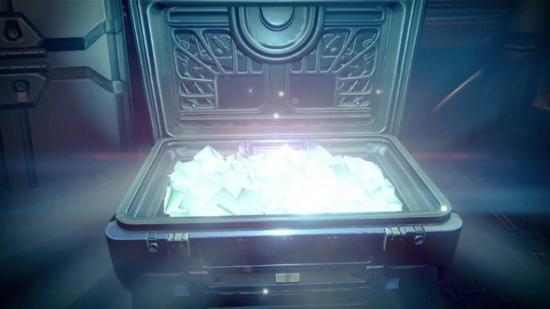Two of Destiny 2’s biggest controversies to date have been the changes to its shader system, and the gameplay-affecting mods in its loot boxes. Both inspired a huge backlash when they were first discovered, but how much of this was due to the manner of this discovery, rather than its substance? With less than a fortnight until the game’s PC launch, we thought you might like to know if these are serious problems, or mountains made of molehills.
What’s next in Destiny 2? Here’s everything we know about its coming Curse of Osiris DLC.
In the original game, a shader was an item that changed the colours of your Guardian’s armour. One shader recoloured everything, giving a cohesive look, and its uses were unlimited: you could swap shaders freely according to mood. It was fun.
In the sequel, shaders can be applied to individual pieces of armour, as well as to weapons, ships, and more. It allows customisation on a much more granular level. But two changes are less welcome: applying shaders now costs glimmer – Destiny 2’s in-game currency – and, more seriously, they are now consumables that can only be used once. I find myself agonising over my shader choices, knowing what it will cost me to change my mind – it’s much more of adecisionthan in the original, which engenders a less playful feeling.
Fashion as fun
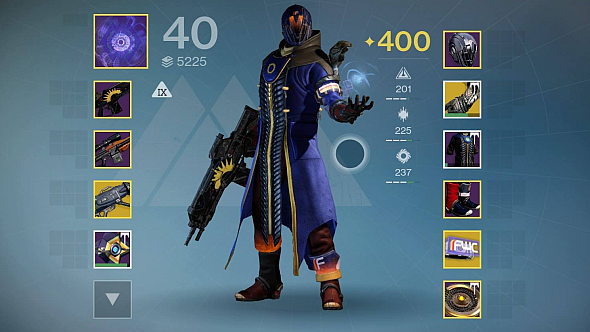
This was an unpleasant surprise that we were left to discover for ourselves after the game’s console launch. The only official comment we have had from Bungie came on Twitter the next day from director Luke Smith:
“Shaders are earned through gameplay: leveling, chests, engrams, vendors. We expect you’ll be flush with Shaders as you continue to play. When you reach level 20, Shaders will drop more often: vendor rewards, destination play and endgame activities.
“Shaders are now an ongoing reward for playing. Customisation will inspire gameplay. Each planet has unique armour and Shader rewards. With D2, we want statements like ‘I want to run the Raid, Trials, or go back to Titan to get more of its Shader’ to be possible.”
In other words, what used to be a fun cosmetic option is practically equated with actual gear as an incentive to keep grinding Destiny 2’s many activities. That is controversial in itself, with many replies to Smith objecting to this recasting of cosmetics – the most favourited says “that’s not a statement Iever want to make. That’s completely awful, in fact.”
Smith’s explanation could be said to be insufficient for other reasons, however. Many of Destiny 2’s best shaders are not available from activities, but are exclusive to Bright Engrams – its loot boxes. The raid shader is cool, but some of my personal favourites are Golden Trace, Metro Shift, and Omolon Meteor Gloss, and my onlysource for those is Bright Engrams. Bright Engrams do drop in normal gameplay, but slowly and with random contents, so overall I am pretty screwed if I don’t want to pay real money for more of my favourite shaders.
Pay-to-win: the definition
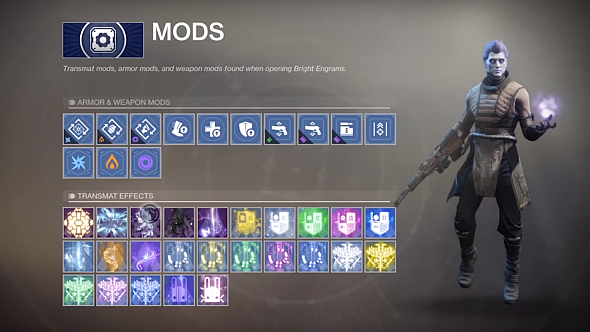
As we noticed in an early stream, Bright Engrams also contain weapon and armour mods that affect gameplay. As soon as this was discovered, the stream’s chat blew up with cries of “pay-to-win,” as did the comments section of our article, the Reddit threads where it was posted, and our Twitter.
I advised caution about such accusations in that piece, pointing out that it was too early to say where the mods fit in Destiny 2’s economy, or how impactful they would be on the player’s experience. Yes, Bungie crossed a qualitative line in that microtransactions now have a gameplay impact, but if that impact were trivial, I argued it would not be pay-to-win. At least, not in the same way as in the free games that coined the term, where incentives to boost progress through microtransactions are cynically ratcheted up until they are irresistibly strong. A clearer definition of the term is needed here: perhaps we’re dealing instead with ‘pay-to-skip’ or ‘pay-for-tiny-advantage’.
Because, as expected, microtransactions are far from necessary to progress in Destiny 2. Bright Engrams have a chance to drop blue mods, but you can also buy these for glimmer, and by the endgame, stronger Legendary mods are the only ones you actually want on your gear anyway. There is still someincentive to buy loot boxes for a gameplay benefit – Legendary mods can be made by combining blues, so what if you are just one blue away from the Legendary mod you need, and out of glimmer? Still, the resulting itch to splash out on a Bright Engram is weakened by the fact that there is no guarantee it will drop a mod, nor that it will be the one you need to make your Legendary. It’s just not viable.
That’s why the community seems to have – just about – given the mods thing a pass, though it’s bizarre to me that Bungie took this risk with their goodwill in the first place. If the impact of mods on gameplay is so trivial that putting them in loot boxes doesn’t matter, why bother at all? The cries of pay-to-win were utterly predictable. It seems especially unnecessary when there are other sources of blue mods, so they could be taken out of Bright Engrams with little impact on the game, or none, if their drop rates elsewhere were raised to compensate. Why risk pissing everyone off?
Let’s talk
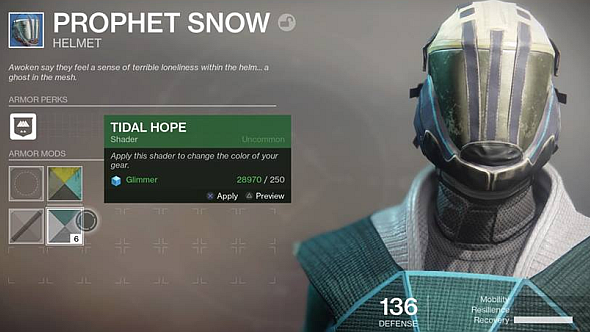
These are conversations which did not need to happen. Imagine if, when Bungie published their FAQ on Bright Engrams, they had added a section that listed all possible contents in detail, rather than dismissing them as “a randomised assortment of customisation items.” If mods must be in the drop pool, Bungie could have defused much of the outrage by explaining the difference between blues and Legendaries, and the exact ways they can both be acquired via glimmer at the Gunsmith. Instead, we’ve had no comment from Bungie, and been left to work all this out for ourselves.
When it comes to shaders, it would have been helpful if Luke Smith had at least offered his explanation a couple of days earlier.It would still have been divisive, but at least Bungie would have looked proactive and transparent. When a response is not only partial but also reactive,it can be perceived as disingenuous.
Much better for it to be volunteered, and better yet if Smith had gone further: a blog post rather than a Twitter thread, with some thoughts about whyhe feels cosmetics in themselves are worth the investment of a raid run, rather than being treated as a fun bonus. This is a pretty fundamental shift in the valuation of cosmetics, it is not typical in other games that offer similar customisation, and merits more discussion.
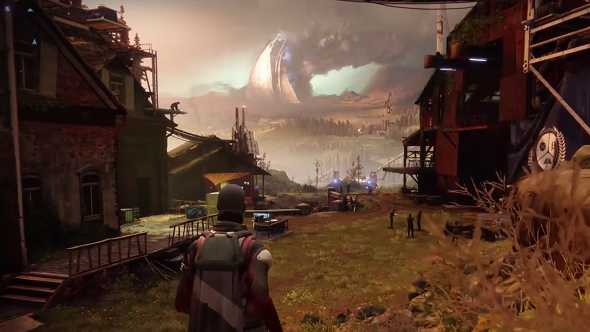
Many of these thoughts stem from Reddit’s response to a Twitter thread on community feedback by a Bungie designer. His advice on how to present such feedback is sound and has been well-received, but many on Reddit latched onto his request to avoid toxicity, suggesting that Bungie themselves could be doing more to manage that. As original poster egjosu says in an edit:
“Bungie, if you’re looking at this, I want to save you some time scanning through the comments. 90% of people are saying ‘If Bungie/Deej/Team would just communicate some information with us, then that would help.’ Now, if that’s true or not, I don’t know. But that’s what the people want. Communication.”
I see their point. Bungie must have known there would be pushback to the changes to shaders and the inclusion of mods in loot boxes, but much of it stems from surprise and confusion than from the real substance of the changes (though the community would clearly still prefer shaders to be unlimited use). Hence, the reaction may have been significantly reduced had Bungie got in front of it, spelled out all ramifications, and presented in detail their own reasoning for each decision. Hell, that’d still be welcome even now, more than a month after the console launch.
